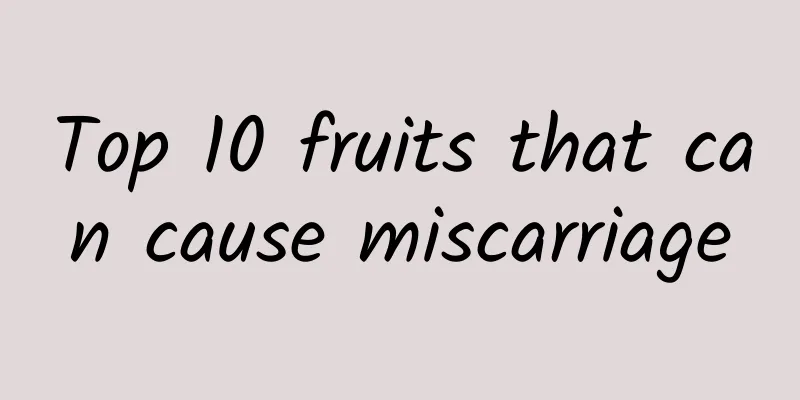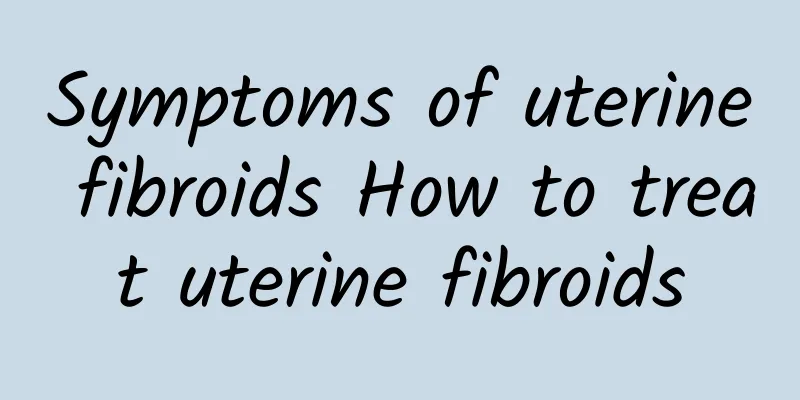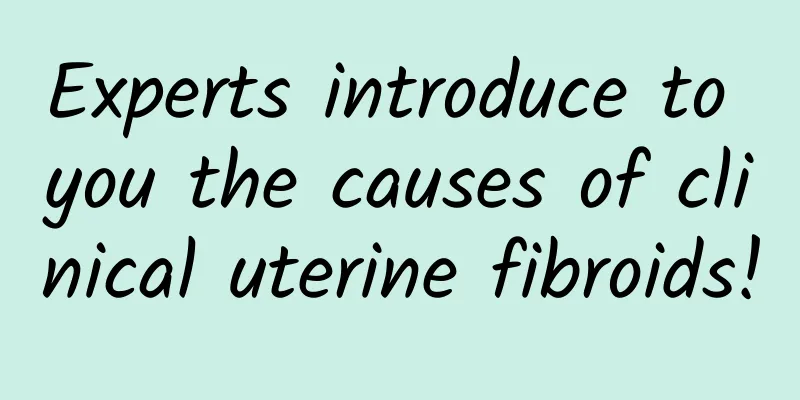Japanese cuisine myth: Does eating pork bone ramen make you fat? Nutritionist explains….

|
In Japanese cuisine, except for tempura (fried food), other dishes use less oil in cooking and are relatively light. But still be aware of the hidden fats and sugars in seasonings (such as mayonnaise) and pickles (such as candied bonito, sweet black beans). The following are the principles for selecting Japanese cuisine: (Situational picture/provided) * ◎ Sushi * You can choose "nigiri sushi" made of fresh fish or seafood, such as: fresh shrimp nigiri sushi, fresh fish nigiri sushi. Cooked sushi is better than raw, such as: fresh shrimp nigiri sushi, fresh fish nigiri sushi. Try to avoid flavors that contain processed foods such as mayonnaise, meat floss, ham, bean sticks, etc. The tofu skin in "tofu skin sushi" is fried and then sweetened. It is high in calories, so eat less! * ◎ Noodles and Rice * Noodle soup and rice bowl (non-fried) have lower fat content and are healthier. On the contrary, fried udon noodles, fried pork cutlet rice, omelette rice, etc. contain a lot of cooking oil and are high in calories, so they are not recommended. * ◎ Side dishes * You can choose hand rolls, salads, steamed eggs (tea bowl mushi), and grilled fish with very low fat content. You can choose asparagus or shrimp flavors for hand rolls, but remember not to add mayonnaise. The same goes for salads. "Mayonnaise" is made of oil, egg yolk, vinegar and sugar. If ketchup is added, it becomes "Thousand Island Salad Dressing". Both are high-fat condiments and should be avoided as much as possible. You can replace them with the more refreshing "Japanese-style sauce". Fresh grilled fish is also a very nutritious food. For example, saury contains good omega-3 fats, which can promote brain health. However, pickled fish is too salty and is not recommended! * ◎ Fried food (tempura) * This is definitely an item to be avoided. In addition to being high in calories, high-temperature frying will destroy the nutrients in the food and will produce carcinogens that are harmful to the body. Fried shrimps, fried pork chops, fried vegetables, etc. may smell delicious, but for the sake of your health, it is better to eat less. This is the most balanced way to order food
Nutritionist Donna Q & A * Q1: Many people say that Japanese cuisine is light and not greasy, so it can be eaten often. Is this true? * A1: It is true that Japanese cuisine is lighter than other cuisines, but you should also avoid the fried foods, pickled foods, and salad dressings that are "high in fat" and "high in salt" as mentioned above. * Q2: I heard that ramen soup is high in calories and it’s best not to drink it all. Is that true? * A2: Yes. Especially the "tonkotsu" ramen made from pork bones, plus barbecued pork, a bowl of it has as much as 800 to 900 calories, which is about half of the calories a child needs in a day. If you really want to eat ramen, it is recommended to choose the light soy sauce flavor, which will be lower in calories, but remember not to drink too much soup, because ramen soup is usually salty. This article comes from: Donna Nutritionist Chen Yichun's blog ※For more information, please visit "Donna Nutritionist Chen Yichun's Blog" |
>>: Lose weight without starch? Low-carb weight loss, cauliflower rice recommended
Recommend
Will having Bartholinitis in a 6-month pregnancy affect fertility?
Bartholinitis is an inflammation caused by infect...
Irregular menstruation is a common gynecological disease
What are the symptoms of irregular menstruation? ...
What should I do if I have uterine fibroids during pregnancy? How should I treat uterine fibroids during pregnancy?
Pregnancy: To see whether the fibroids grow large...
Several serious hazards of cervical erosion
As a gynecological disease with great harm, cervi...
Marshmallow girl Xiao Tiantian's big transformation! Slow weight loss method to lose 33 kg
It is not uncommon for female artists to lose wei...
What are the early symptoms of ovarian cysts?
Ovarian cysts can occur at any age in women's...
A brief discussion on the indications of uterine fibroid surgery
Nowadays, the incidence of uterine fibroids is hi...
Is the recurrence rate of cervical precancerous lesions high?
Is the recurrence rate of cervical precancerous l...
How to differentiate complete abortion
Many situations may lead to miscarriage, but misc...
Experts explain how to treat cervical erosion symptomatically
In clinical practice, the treatment methods for p...
How much does it cost to treat endometrial thickening?
How much does it cost to treat thick endometrium?...
What are the dangers of ectopic pregnancy
At present, there are many women suffering from e...
A man’s charm is not just about his face! 2 tips to create sexy buttocks
[The first move - lift your hips and stretch one ...
What is the reason for having menstruation once every two weeks? It is irregular menstruation
Many women will have irregular menstruation. Mens...
Beware of osteoporosis during breast cancer chemotherapy ~ Nutritionist recommends: Less oil, more fruits and vegetables, 3 high-calcium dishes
Breast cancer is the number one killer of women. ...









